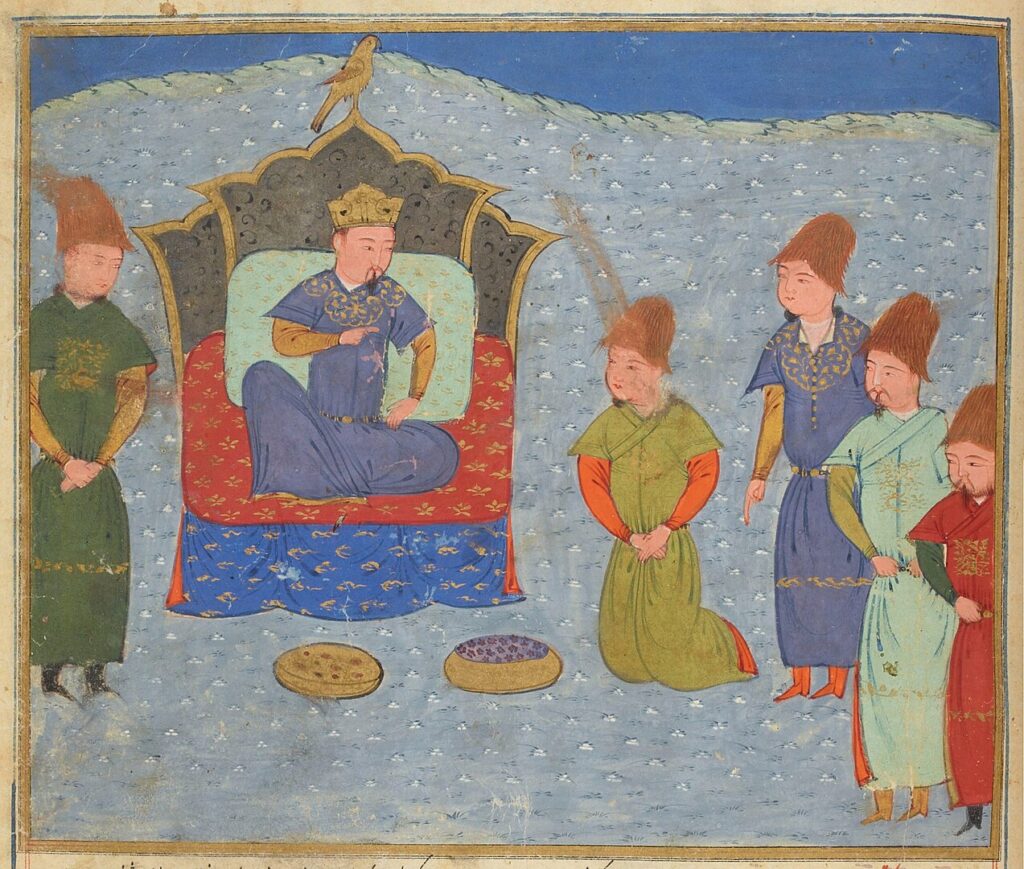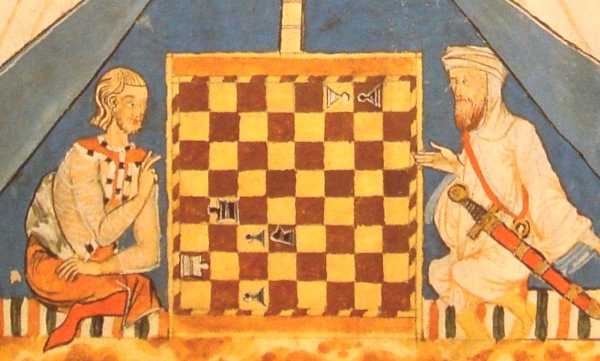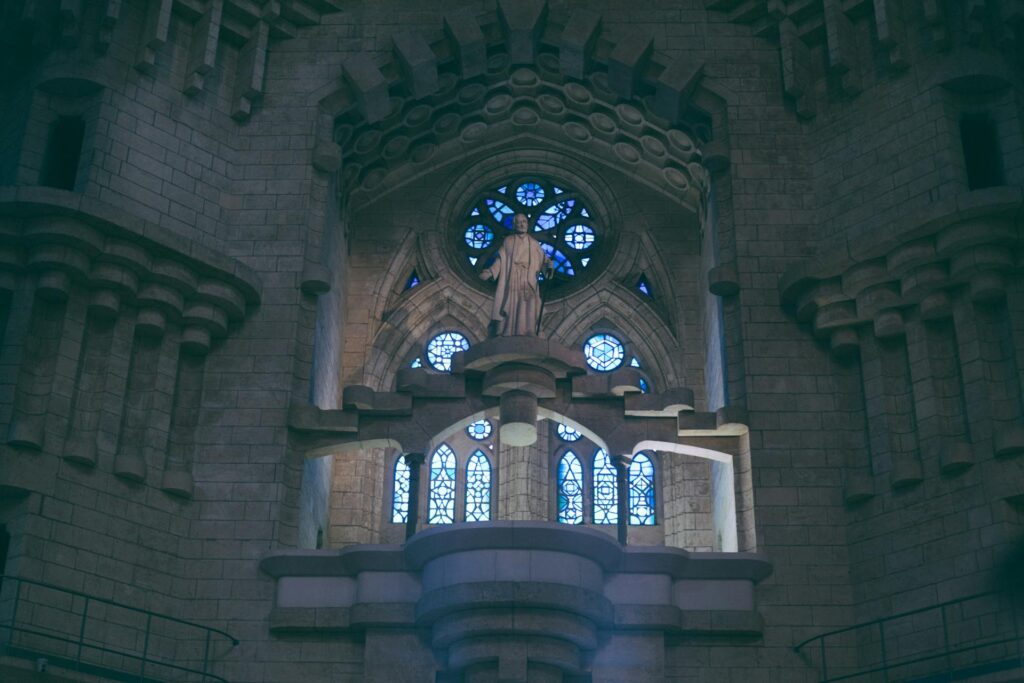 Raids and Settlements
Raids and Settlements
The Viking invasions, which began in the late 8th century, had a profound impact on medieval Europe. Viking raids targeted monasteries, towns, and coastal settlements across Europe, leading to widespread fear and destruction. Over time, the Vikings established settlements in regions such as the British Isles, Normandy, and the Danelaw in England. These settlements contributed to the integration of Viking culture with local traditions, leading to the development of new political and social structures.
Trade and Economic Influence
The Vikings were not only raiders but also traders who established extensive networks across Europe, the Middle East, and beyond. Viking trade routes connected Europe with the Byzantine Empire, the Islamic world, and even as far as North America. The exchange of goods, such as furs, silver, and slaves, facilitated economic growth and cultural exchange, contributing to the development of medieval European trade and commerce.
Cultural and Technological Contributions
The cultural and technological contributions of the Vikings left a lasting impact on medieval Europe. Viking craftsmanship in shipbuilding, metalwork, and textiles influenced European techniques and designs. The Viking longship, known for its speed and maneuverability, revolutionized naval warfare and exploration. Viking mythology, art, and language also integrated with European culture, enriching the cultural landscape of the medieval period.
Conclusion
The Viking invasions reshaped medieval Europe through their raids, trade, and settlements. The integration of Viking and European cultures, along with the Vikings’ contributions to trade and technology, played a significant role in the development of medieval European society.
 Establishment of the Pax Mongolica
Establishment of the Pax Mongolica Historical Context and Progress
Historical Context and Progress Religious Motivations and Goals
Religious Motivations and Goals Military Conquests and Destruction
Military Conquests and Destruction